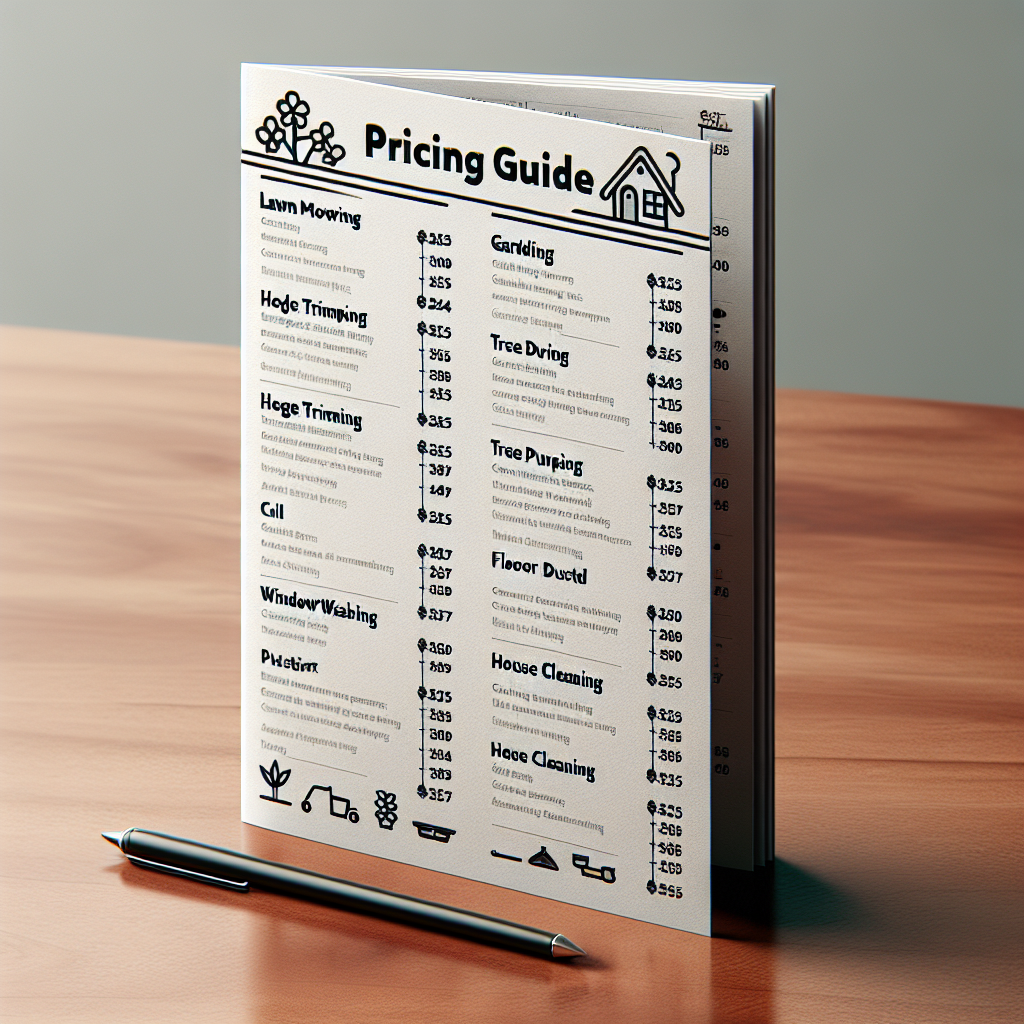In the world of business, one of the most pivotal challenges is to price your products or services in a way that covers costs while also attracting customers. Whether you're a startup or an established business, understanding and implementing effective pricing strategies is essential for sustainability and growth.
Here, we discuss strategies for covering the cost that can serve as your pricing guide.
Understand Your Costs
Before you can even begin to set a price, you must have a clear understanding of the costs involved in producing your goods or services. This includes direct costs like materials and labor, as well as indirect costs such as overhead, marketing, and shipping. Conducting a thorough pricing analysis to break down these costs will give you a baseline for what you need to cover to avoid operating at a loss.
Break-Even Analysis
One fundamental tool for understanding your costs is break-even analysis. This calculation will tell you the minimum amount of revenue you need to generate to cover all your costs. Knowing this number is crucial before you set a price point for your product or service.
Consider Your Value Proposition
The value your product or service provides to customers should also play a significant role in your pricing strategy. If you offer something unique or of higher quality than your competitors, you may be able to command a higher price. Understand what sets you apart and how much your target market is willing to pay for that added value.
Competitive Pricing Analysis
Keeping an eye on what your competitors are charging can help you position your pricing competitively in the market. You don't necessarily have to undercut competitors, but you should provide a compelling reason for customers to choose you over them, whether it's better service, quality, or another unique selling proposition.
Pricing Models
Different pricing models can be adopted to cover costs and maximize profits. Here are a few common ones:
Cost-Plus Pricing
This straightforward strategy involves adding a standard markup to the cost of your products or services. It ensures all costs are covered and a profit is made, but it doesn't take into account the market demand or competition.
Value-Based Pricing
With value-based pricing, the price is set based on the perceived value to the customer rather than the cost of the product. This can often lead to higher profit margins but requires a deep understanding of your customer's needs and preferences.
Dynamic Pricing
Dynamic pricing allows businesses to adjust prices based on market demand, competition, and other external factors. This flexible approach can help maximize profits but may require sophisticated pricing analysis tools and software.
Review and Adjust Regularly
The market is always changing, and so should your pricing strategies. Regularly review your pricing to ensure it reflects changes in costs, customer preferences, and the competitive landscape. Adjusting your prices in response to these factors can help you remain profitable and competitive.
In summary, covering the cost is a delicate balance between understanding your pricing analysis, considering the value proposition, keeping an eye on the competition, and choosing the right pricing model. With careful planning and regular adjustment, you can set a price that not only covers your costs but also resonates with your customers and sustains your business.
For more insights on pricing strategies and guides, stay tuned to our content. We're here to help you navigate the complexities of pricing to achieve business success.












.jpg)

.jpg)


0 Comments